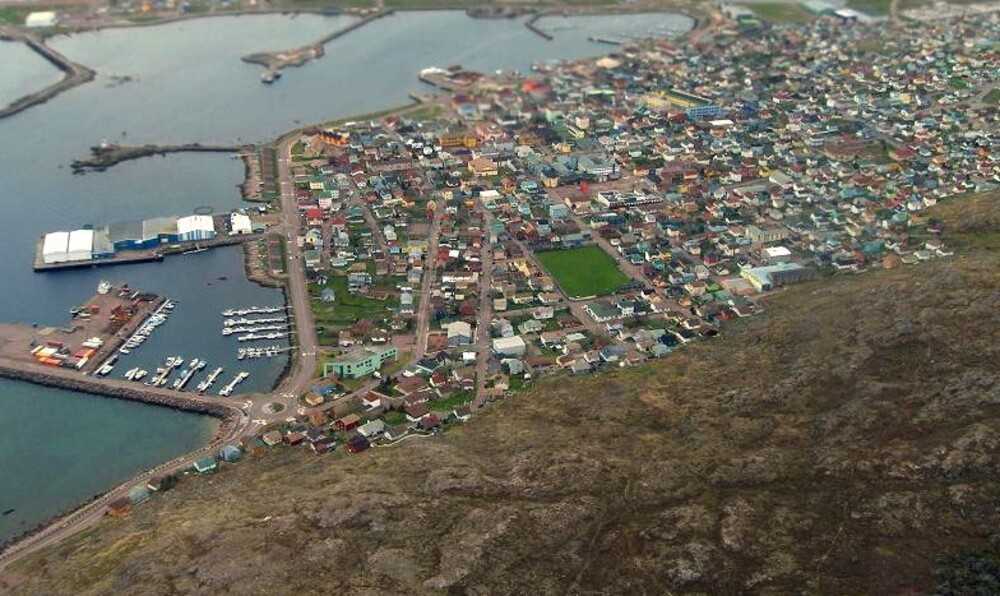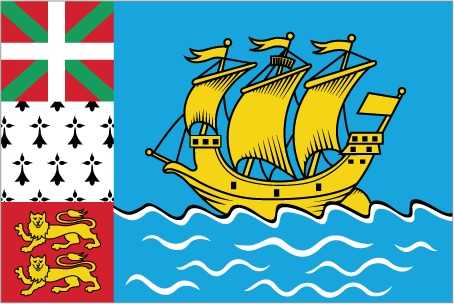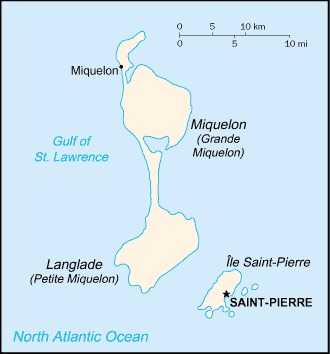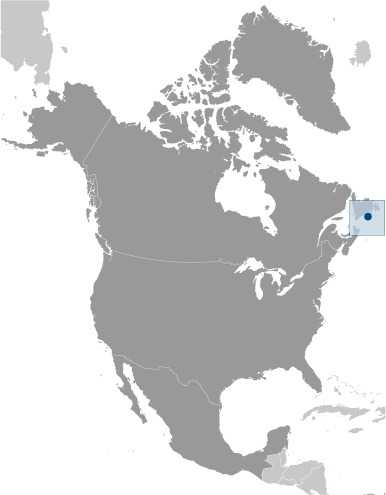Introduction
Tip
Visit the Definitions and Notes page to view a description of each topic.
Geography
People and Society
Population
comparison rankings: total 227; female 227; male 227
Languages
French audio sample:
Median age
comparison ranking: total 2
Population growth rate
comparison ranking: 234
Birth rate
comparison ranking: 227
Death rate
comparison ranking: 20
Net migration rate
comparison ranking: 215
Infant mortality rate
comparison ranking: total 148
Life expectancy at birth
comparison ranking: total population 41
Total fertility rate
comparison ranking: 183
Government
Economy
Real GDP (purchasing power parity)
comparison ranking: 219
Inflation rate (consumer prices)
comparison ranking: 30
Labor force
comparison ranking: 204
Unemployment rate
comparison ranking: 154
Energy
Electricity
comparison rankings: transmission/distribution losses 5; consumption 203; installed generating capacity 204
Carbon dioxide emissions
comparison ranking: total emissions 211
Communications
Telephones - fixed lines
comparison ranking: total subscriptions 204




